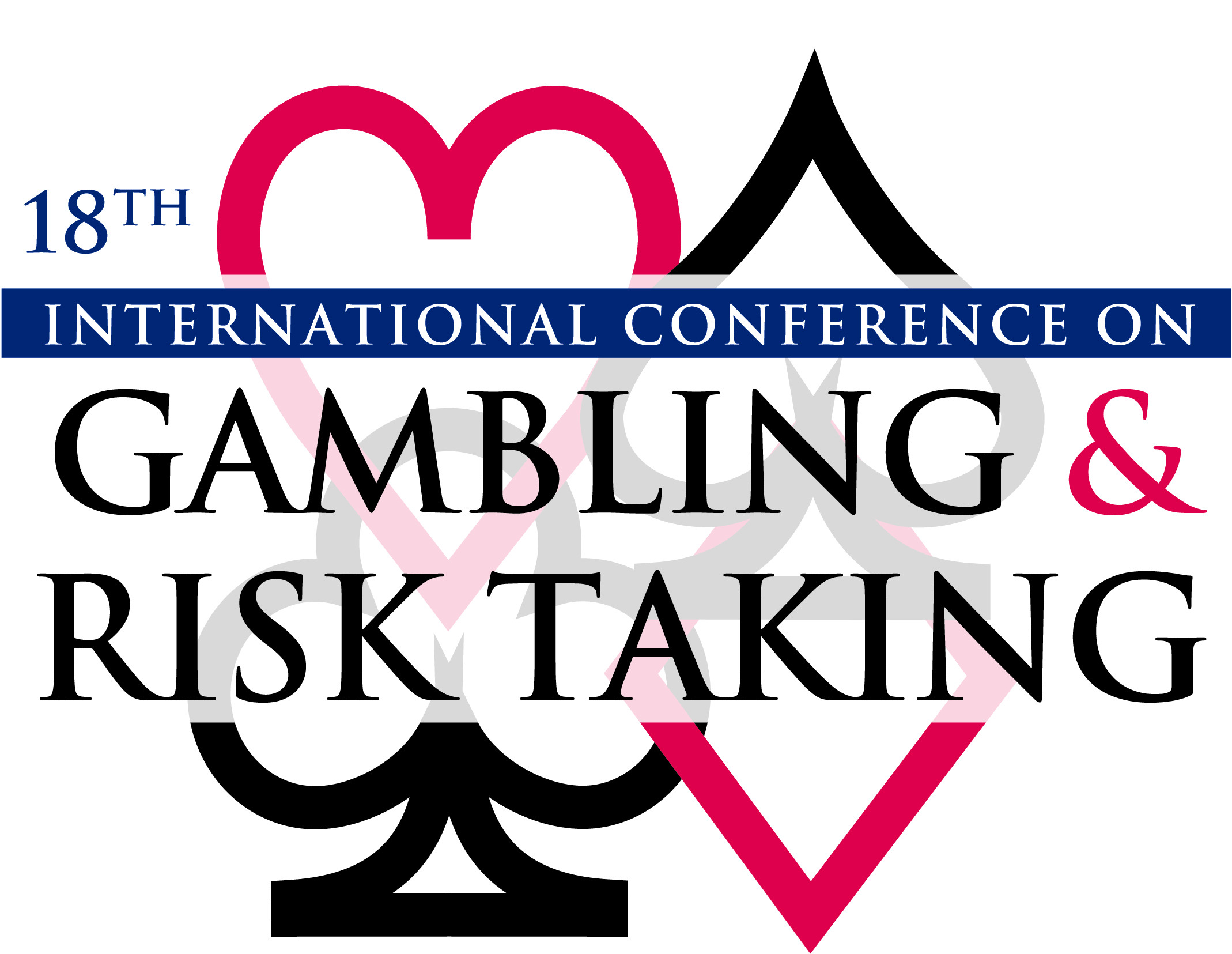Session Title
Session 3-3-E: Marketing and Consumer Behavior
Presentation Type
Paper Presentation
Location
Park MGM, Las Vegas, NV
Start Date
25-5-2023 1:30 PM
End Date
25-5-2023 3:00 PM
Disciplines
Gaming and Casino Operations Management
Abstract
The strategic mission by Las Vegas casino operators to capture customer loyalty over the past decade has been a success. In 2021, 57% of visitors were generally loyal to a particular resort, compared to 32% in 2011. Only 7% of visitors were not a member of any rewards program in 2021, compared to 16% in 2011.
This has consequences for new market entrants who face a greater challenge to capture customers in a more mature, consolodated and strategic business environment.
Moreover, the drivers of loyalty remain different within the various customer segments, with the new generation of visitors responding less to traditional “transactional” methods of loyalty seen in traditional rewards programs.
For resorts that are new to market, or have an existing footprint, this research provides a guide to future relevance in a competitive environment, as the path to obsolescence is visible to even the most notable icons.
Keywords
Loyalty, Strategy, Casino, Las Vegas
Funding Sources
Self Funded
Competing Interests
Author has had periodic consultancy engagements with some of the parties mentioned, on unrelated matters.
The Las Vegas Loyalty Battle Is Over. What’s Next?
Park MGM, Las Vegas, NV
The strategic mission by Las Vegas casino operators to capture customer loyalty over the past decade has been a success. In 2021, 57% of visitors were generally loyal to a particular resort, compared to 32% in 2011. Only 7% of visitors were not a member of any rewards program in 2021, compared to 16% in 2011.
This has consequences for new market entrants who face a greater challenge to capture customers in a more mature, consolodated and strategic business environment.
Moreover, the drivers of loyalty remain different within the various customer segments, with the new generation of visitors responding less to traditional “transactional” methods of loyalty seen in traditional rewards programs.
For resorts that are new to market, or have an existing footprint, this research provides a guide to future relevance in a competitive environment, as the path to obsolescence is visible to even the most notable icons.

